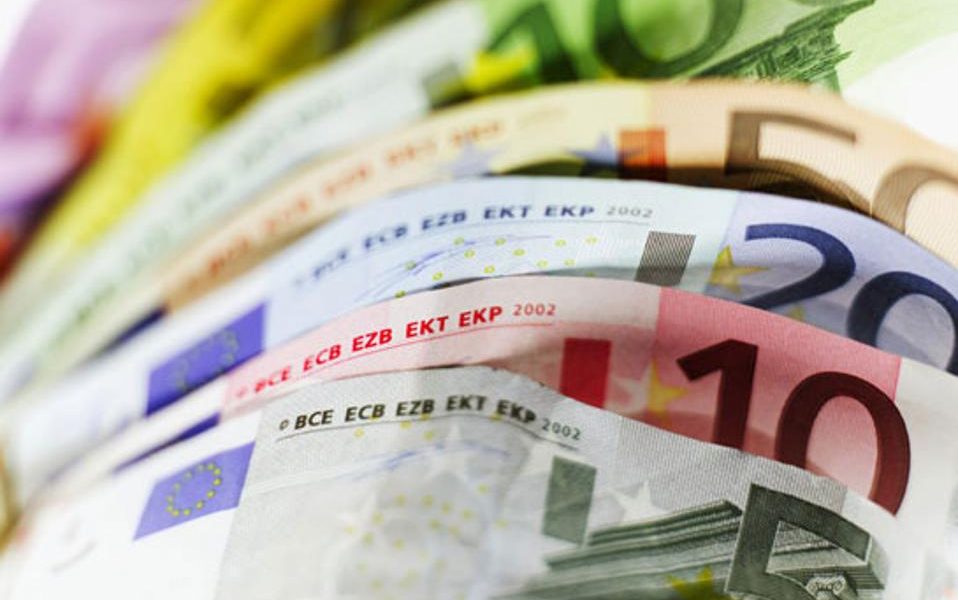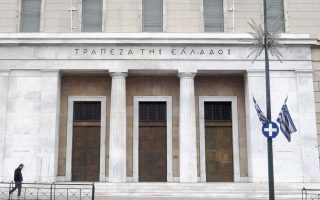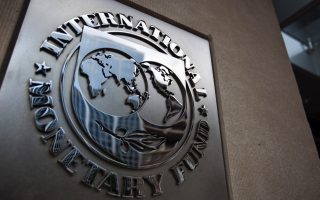EU squeezed 7.8 billion dollar Greek bridge loan via ESM loophole

Who do you call on for 7 billion euros ($7.8 billion) at short notice to tide over a country like Greece for a month?
That was the dilemma euro-area policy makers faced in July as they raced to complete a bailout for Greece and prevent the country from defaulting on the European Central Bank.
With time against them, the European Commission’s financial mechanics hit upon a novel solution, without breaking any of the rules shielding taxpayers from losses. While financial markets were used to fund Greece’s bridge loan, the sole investor for the temporary injection was the euro area’s own firewall, according to two people familiar with the matter, who spoke on the condition of anonymity.
The European Stability Mechanism, at that point barred from lending directly to Greece, financed the EU cash advance through a private placement for the Greek bridge loan, the people said. Greece then paid back the short-term funding in August, once its 86 billion-euro ESM bailout was approved.
“It highlights just what a political animal the ESM is,” said Jacob Funk Kirkegaard of the Peterson Institute for International Economics in Washington. “That they don’t talk about it is probably because they don’t want to have a debate about just how flexible in practice the ESM is, because there may be other times in the future when people would like to call upon that flexibility to be used.”
Investment opportunity
When asked Tuesday about the bridge financing, the ESM press office said it doesn’t communicate pro-actively about its investment strategy. The decision to make the private placement to the bridge loan was in keeping with investment policies, which focus on capital preservation and require the fund to invest only in high-quality assets, the Luxembourg-based firewall said.
“The proposal by the European Commission to invest in a short-term transaction in the name of the European Union was seen as a good investment opportunity by the ESM investment and treasury department,” the ESM said. “The investment is fully compliant with the ESM existing investment guidelines.”
The unconventional funding arrangement shows the depth of the EU’s determination to keep Greece in the euro and the lengths it had to go to achieve that. The ESM wasn’t allowed to lend to Greece until a new program had been approved by euro- area finance ministers, the German parliament and other national legislatures — yet its rules did allow it to finance the AAA- rated EU, even if reports of the transaction might have been politically explosive.
If the transaction had become public while the Greek bailout was in negotiations, it could have cast a pall over the already fraught debate between German Chancellor Angela Merkel and her nation’s lawmakers.
“Would it have changed the Bundestag vote? No. But it could have cost Mrs. Merkel a couple of other votes from her own party,” said Carsten Brzeski, chief economist at ING-Diba in Frankfurt.
By keeping the transaction quiet, the European Commission and the euro-area were able to keep politicians focused on advancing Greece’s third bailout program. At the same time, tapping the ESM’s investment accounts allowed the EU to find the money it needed quickly, without breaking any of the euro area’s rules. Had the EU resorted to a second bridge loan — a possibility the commission had prepared as a contingency — similar steps might have been used.
Because the money was needed quickly, the European Commission sought to raise the money in a private placement rather than trying to organize a public offering, the people said. The ESM was able to provide the funding out of its investment accounts.
Greece was allowed to receive the bridge loan through another European aid tool, the European Financial Stabilization Mechanism, which is backed by all 28 EU nations and can tap financial markets on behalf of the bloc. As part of negotiations to approve the EFSM loan, the EU put in place guarantees to shield non-euro nations from any exposure related to safeguarding the currency bloc.
The ESM is a regular investor in the EU and other institutions like the European Investment Bank and the World Bank. The EU is rated AAA by Moody’s, AAA by Fitch and AA+ by S&P, so it is above the ESM rating threshold for investments, the ESM said.
[Bloomberg]





